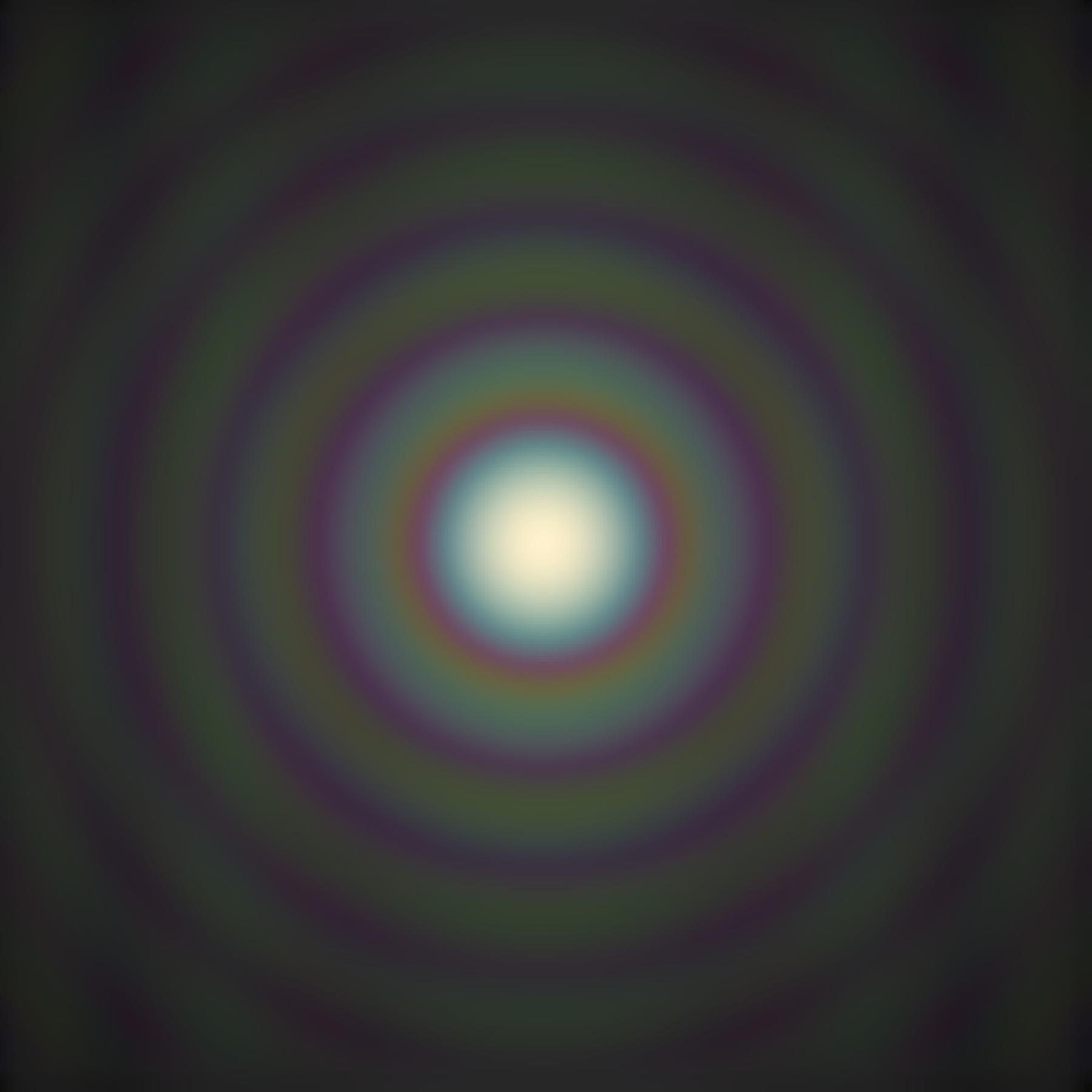Circular Restricted 3-body Problem (CR3BP)
I developed this code in the co-rotating frame of the restricted three-body with circular orbit to test my understanding of orbital dynamics and non-inertial frame. See my Github for more details about the code.
Distant Retrograde Orbit (DRO)
DRO is a family of stable orbits around a secondary body in a three body system. Recently famous for being used by Orion spacecraft in the Artemis I mission.
In this video, I placed several test particles around the moon with opposite velcoity vector (retrograde->cyan;prograde->orange) to show that orbits are stable only if the particles are moving in retrograde orbits. I adpoted the inital condition from Turner, G. Results of Long-Duration Simulation of Distant Retrograde Orbits. Aerospace 2016, 3, 37.
Lagrange Points
You can't ignore Lagrange points when talking about restricted three-body problem! Here I used 2 videos to show the importance of mass ratio on the stability of Lagrange points.
Simulation with mass ratio of 25 (left, stable) and 20 (right, unstable).
Ballistic Missile Simulation
In this work, I aim to simulate the trajectory of ballistic missles (or anything else that shares similar physics such as sub-orbital spaceflight and re-entry vehicles) cause I found so many people in Taiwan have no idea how they work. This simulation includes the effects of rocket equation, orbital mechanics and atmospheric drag with a somewhat realistic density profile. Check my Github for more details!
Play around with FLASH
Beside my main research topic, I also use FLASH to simulate whatever I found interesting.
FlatPlate Simulation
2D simulation of a Sphere under subsonic flow.
2D simulation of a Sphere under supersonic flow.
2D simulation of a wind accelerating from Mach 0 to Mach 5.
Acknowledgement
The software used in these work was developed in part by the DOE NNSA- and DOE Office of Science-supported Flash Center for Computational Science at the University of Chicago and the University of Rochester. These work used high-performance computing facilities operated by the Center for Informatics and Computation in Astronomy (CICA) at National Tsing Hua University. This equipment was funded by the Ministry of Education of Taiwan, the National Science and Technology Council of Taiwan, and National Tsing Hua University.
Atmospheric Corona
Corona forms when sun/moon light is diffracted by the small water droplet in the sky. The resulting PSF should be an Airy disk. In the code, we first convolve the source function (a disk with diameter of 0.5 degree) with Airy kernal. Then we integrate the resulting monochromatic image over wavelength and eventually create RGB image. We do not really consider the transmission curve of any DSLR and the responce function of the human eyes. Nonetheless, current results looks surprisingly good.


Light Sail Simulation
Light sail is one of the most promising technology that could accelerate spacecraft to a significant portion of the light speed. In this work, I simulate the trajectory of a solar sail (accelerated by solar radiation pressure).
1D Schrodinger Equation
Schrodinger equation describes the behavior of wave function in the non-relativistic regime and is one of the most important foundation of quantum mechanics. This code aims to demonstrate the behavior of wave function under different potential and initial momentum.
Gaussian wave packet in a harmonic potential.
Gaussian wave packet diffuse in a finite potential well and creates standing waves.
Gaussian wave packet in a finite potential well with different initial momentum.
Tunneling (left) and scattering (right) of wave function.